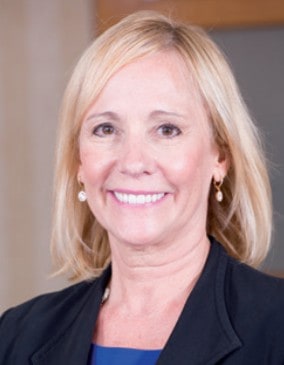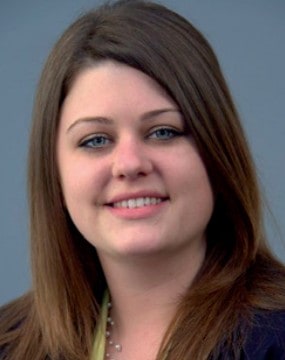Rose Nierman and Courtney Snow advise dental sleep professionals to keep calm and claim on with new 2024 dental codes that may initially cause confusion.
 by Rose Nierman and Courtney Snow
by Rose Nierman and Courtney Snow
The 2024 CDT codes have been released, and they have introduced some noteworthy additions that have captured considerable attention. As experts in medical coding for dental practices here at Nierman Practice Management, you might wonder why we are discussing new dental codes. Well, thank you for recognizing our expertise! The reason behind our focus on dental codes is the recent inclusion of additional CDT codes specifically associated with Dental Sleep Medicine (DSM). These new codes, effective starting January 1, 2024, complement the three CDT codes introduced in 2022.
We understand you’re likely curious about what DSM services these CDT codes represent. In 2022, the three codes that were introduced represent the oral appliance itself, adjustments, and repair (D9947-D9949). Building on this, the five additional codes for 2024 encompass a reline service for the appliance, morning repositioning appliances, titration visits, home sleep tests, and screening for sleep-disordered breathing (D9953-D9957).
The introduction of the initial codes in 2022, along with the latest additions in 2024, has sparked numerous inquiries within the Dental Sleep Medicine (DSM) community. Questions have arisen, such as: Should we be alarmed by the inclusion of these new dental codes? Does this signify a shift towards dental insurance covering Oral Appliance Therapy (OAT) for Obstructive Sleep Apnea (OSA) instead of medical insurance? Will medical insurers start mandating that services be billed to dental insurance first?
We hold the view that the introduction of these new CDT codes will not have a detrimental effect on medical reimbursement for OAT for OSA. Despite concerns expressed regarding potential claim delays by dental and medical insurers, we approach this situation with a different perspective. It is crucial to remember that the diagnosis determines whether a service is classified as medical or dental and which benefit plan or insurance will cover it. Mere inclusion of a code in either coding system does not indicate coverage; it serves solely as a representation of a service. A pertinent example is a panoramic x-ray, which has a specific code in both medical and dental coding systems. However, whether it is covered by medical or dental insurance is determined by the purpose of the x-ray for the patient. For instance, if the panoramic x-ray is taken for OAT for OSA or to assess Temporomandibular Joint Disorder, many medical insurers provide coverage. Conversely, if the panoramic x-ray is conducted as part of a routine dental visit, it would not be covered by medical insurance.
Although we acknowledge that the introduction of these dental codes related to Dental Sleep Medicine (DSM) may potentially cause confusion regarding coverage, we firmly believe that the medical diagnosis of OSA and the fact that custom oral sleep appliances are prescribed by physicians and classified as Durable Medical Equipment (DME) will ensure their continued coverage by medical insurance.
For clarification, a full listing of codes, or guidance on establishing medical necessity for oral appliance therapy, we aim to help dental practices succeed.
Rose Nierman has led the cross-coding movement for over three decades and now has introduced our readers to the 2024 dental codes. Read more about her work here: https://dentalsleeppractice.com/leading-the-cross-coding-movement-for-over-three-decades/.
 Rose Nierman is the CEO of Nierman Practice Management (NPM) and creator of the DentalWriter Plus+ software. For over 30 years, Rose has taught dental practices successful & ethical medical billing through the iconic Successful Medical Insurance in Dentistry seminars.
Rose Nierman is the CEO of Nierman Practice Management (NPM) and creator of the DentalWriter Plus+ software. For over 30 years, Rose has taught dental practices successful & ethical medical billing through the iconic Successful Medical Insurance in Dentistry seminars. Courtney Snow is the vice president and CE faculty member at NPM. Courtney has helped dental practices bill medical insurance for over 12 years using reliable education, support & software solutions. Contact Nierman Practice Management: contactus@dentalwriter.com or 800-879-6468.
Courtney Snow is the vice president and CE faculty member at NPM. Courtney has helped dental practices bill medical insurance for over 12 years using reliable education, support & software solutions. Contact Nierman Practice Management: contactus@dentalwriter.com or 800-879-6468.